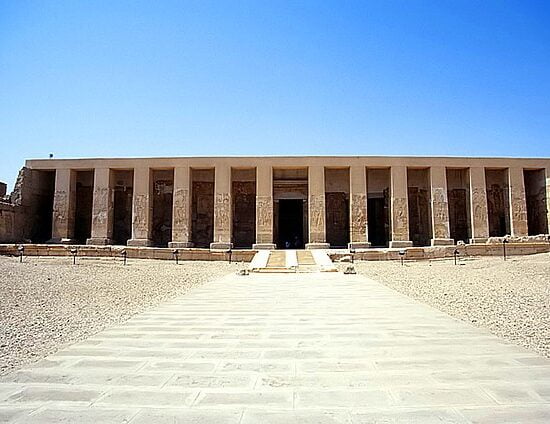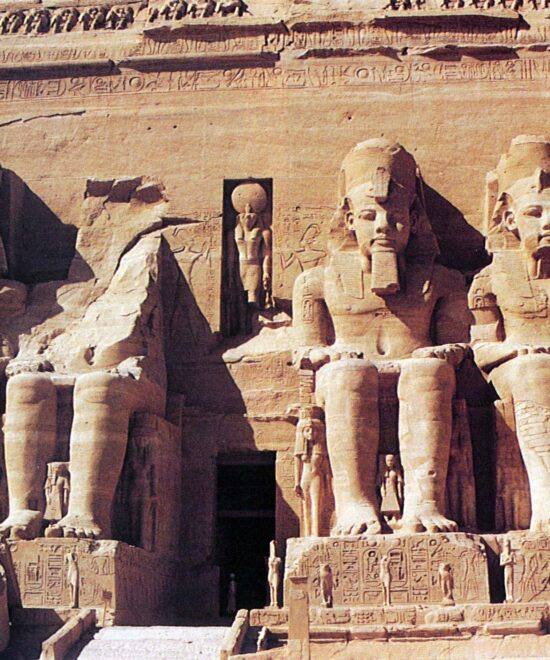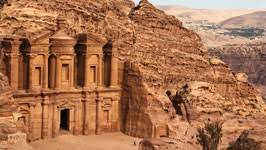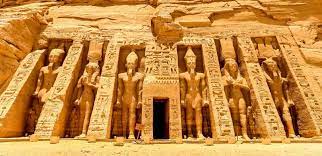

Excursion to Aswan and Abu Simbel from Marsa Alam
Explore Tours
Tour Details:
We will pick you up at your hotel in Marsa Alam; You will recognize our driver by the sign with your name in his hands.
First, you will go to the twin temples of Abu Simbel. Believe me, you are very lucky to see this amazing historical monument! In the 1960s, it took an international team 5 years to avoid it sinking into the water during the creation of Lake Nasser, which was formed after the creation of the Aswan High Dam, to dismantle it piece by piece, move it to another location and rebuild it to another elevation.
Abu Simbel, by the way, is included in the UNESCO World Heritage List. It consists of two temples carved into the mountain: the Great Temple of Ramses II, perhaps the greatest of all the ancient Egyptian pharaohs, and the Small Temple of the goddess Hathor, dedicated to Ramses’ wife, Nefertari. Some sources mention twin temples in the 13th century BC. Huge temples were built in the area between Egypt and Nubia and were created not only for some religious and architectural reasons, but also for some religious and architectural reasons, but also for some religious and architectural reasons. but also as a reminder to smaller neighbors of the power and greatness of the Pharaoh of Egypt. It clearly demonstrates the pharaoh as godlike.
The Temple of Ramses II really deserves its name as the Great Temple, its height is up to 30 meters, and the gate is guarded by four giant statues of the pharaoh, carved out of the rock and more than 20 meters high (the distance between the corners of the lips of the colossi is more than one meter). Unfortunately, one colossus lost its head and part of its torso as a result of the earthquake, but, nevertheless, the sight is impressive. Pay attention not only to the large façade, but also on the inside of the temple, carved into the rock more than 60 meters long, where you will find beautifully decorated halls with columns, colored reliefs and drawings.
In the sanctuary there is a group of four sculptures: Ramses with the triad of gods, Ptah, Amun-Ra and Harmakis. It is here that the “solar miracle” takes place: only twice a year do rays penetrate the sanctuary and illuminate these sculptures, with the exception of the god Ptah, who, according to myology, was associated with the underworld and therefore must remain forever in darkness.
The Small Temple of the Goddess Hathor is a simplified copy of the Great Temple. Around the portal, you will be able to see sculptures of the royal family: four statues of Ramses II and his two wives Nefertari, with small depictions of their children. Please note: this is something unique in ancient Egyptian culture – the statues of the king and queen are equal in size (more than 10 meters), while: “The wife of a great king will never be higher than her husband’s knees.” The ratio of the height of the statues shows the relationship between the pharaoh and the importance in his life and place in the heart of Nefertari’s wife. You should definitely visit this place!
After this visit, you will head to Aswan where you will first have lunch at one of the local restaurants. We invite you to choose one of the programs you are most interested in, you will have time to visit the two places suggested below:
Visit to the Temple of Filai
The construction of the Aswan High Dam threatened the destruction of many ancient buildings, so some of them were dismantled and rebuilt on the hills in order to preserve these important historical monuments from the flooding of the newly formed lake in the future. One of the monuments saved by the monument was the Nubian temple of Filai, moved to the island of Aguilika, which will be your next stop. This temple was created to worship the ancient Egyptian goddess Isis, who, according to the myth, by the power of her love, reunited the heart of her husband Osiris, after he was killed and cut into many pieces, scattered throughout the country. According to the preserved data, the temple was built in the 4th century BC, but later, expanded and rebuilt several times and eventually turned into a Christian sanctuary under the Roman conquerors. During the walk, you will see beautiful colonnades, kiosks, pylons and reliefs.
Felucca ride to the beautiful Botanical Gardens on Kitchener’s Island
On a traditional Egyptian felucca sailing boat, you’ll sail to Kitchener Island, named after its former British owner. On the way, you will sail past the famous mausoleum of the Aga Khan and the tombs of the nobles, about which our guide will give you enough interesting information. And now you have reached a small island, in the heart of which there is an Arab town, and a small piece of paradise: a magnificent botanical garden, which has a lot of exotic trees and plants. Here you can walk and enjoy the beauty of nature, tranquility and silence.
Visit the island of Elephantine with several stops at the monuments of antiquity, including a visit to the famous Nilometer
Elephantine was once a fortress that marked the border between Egypt and Nubia. You’ll see the remains of the ancient city of Yebu/Abu, which he founded about 5,000 years ago, the ruins of the temples of Khnum and Satet, and the necropolis of sacred rams. You’ll see the nilometer, which is a narrow, long corridor with a staircase (of 90 steps) descending directly into the Nile. On the walls of the corridor are carved four scales to determine the water level in the the time of the river flooding. You will also walk through the Nubian villages that are still located on the island.
Visit the Aswan High Dam, a masterpiece of modern technology and architecture
The Aswan High Dam is a huge structure that blocks one of the largest rivers in the world, the Nile, the construction of which began in 1960 and took more than 10 years to complete the 111m high dam. Lake Nasser, which covers an area of more than 5000 km2 and a volume of about 160 km3, is a reservoir formed as a result of the construction of a dam.
Visit the ancient granite quarries, where you can see the famous Unfinished Obelisk
Visit the open-air museum – the ancient granite quarries of Aswan. Our guide will tell you how, in the time of the Pharaohs’ clocks, people learned how to quarry granite, which was subsequently used throughout the country in the ambitious projects of the Pharaohs. Imagine the extraordinary abilities of the ancient Egyptians who worked in these quarries and then transported these massive stone blocks over incredibly long distances – for example, The pyramids at Giza, located 700 km north of Aswan, are built of local granite. Here you will also see the Unfinished Obelisk, which is a monolithic obelisk that was abandoned due to cracks. But if it were to be installed, it would be the tallest of the existing ones.
In the evening, our driver will take you back to your hotel, Marsa Alam.
The tour runs daily.
Included/Exclude
- Pick-up and drop-off at the hotel, as well as transfer between the locations indicated for the visit, in a comfortable air-conditioned vehicle
- Guide services
- Entrance fees to all designated places to visit
- Lunch at a local restaurant
- Mineral water and soft drinks
- Tips for drivers, guides
- Extras: items for personal use, meals, beverages and services not mentioned in the "Included" clause
- Additional activities not included in the program
Tour Plan
Related Tours
Review Scores
Booking Tour





